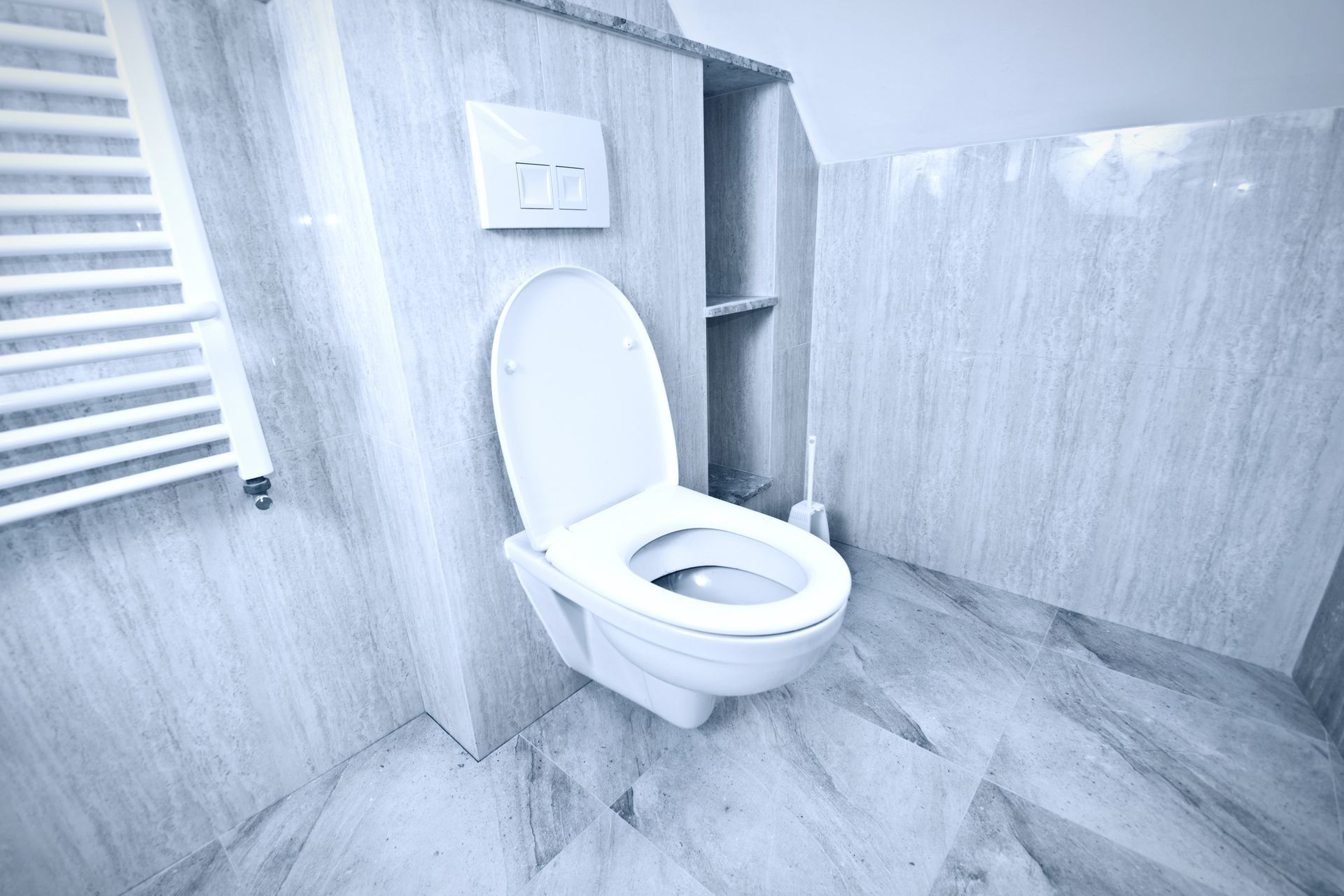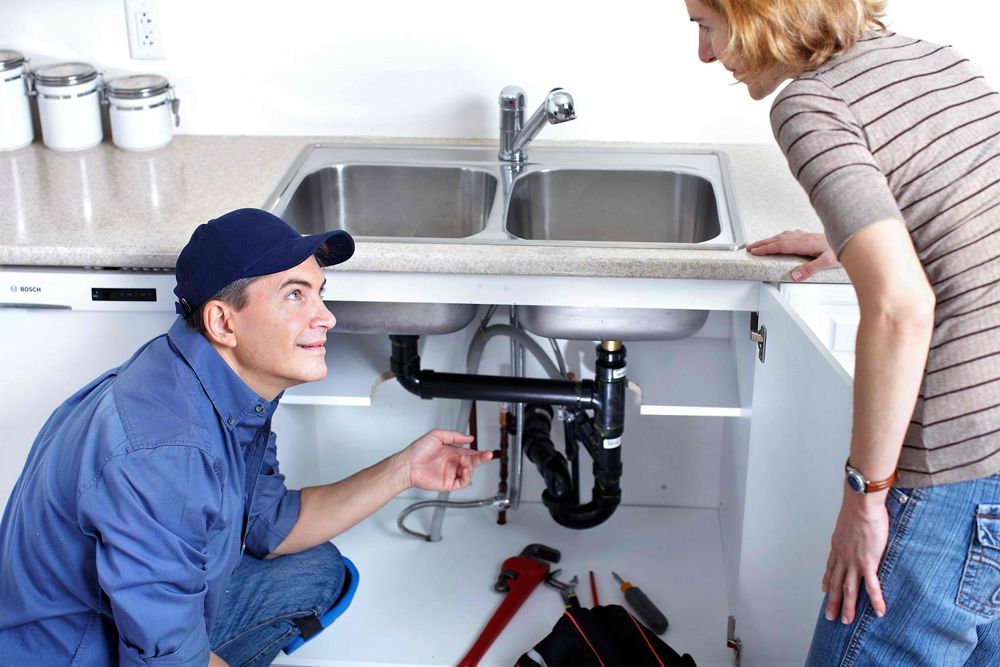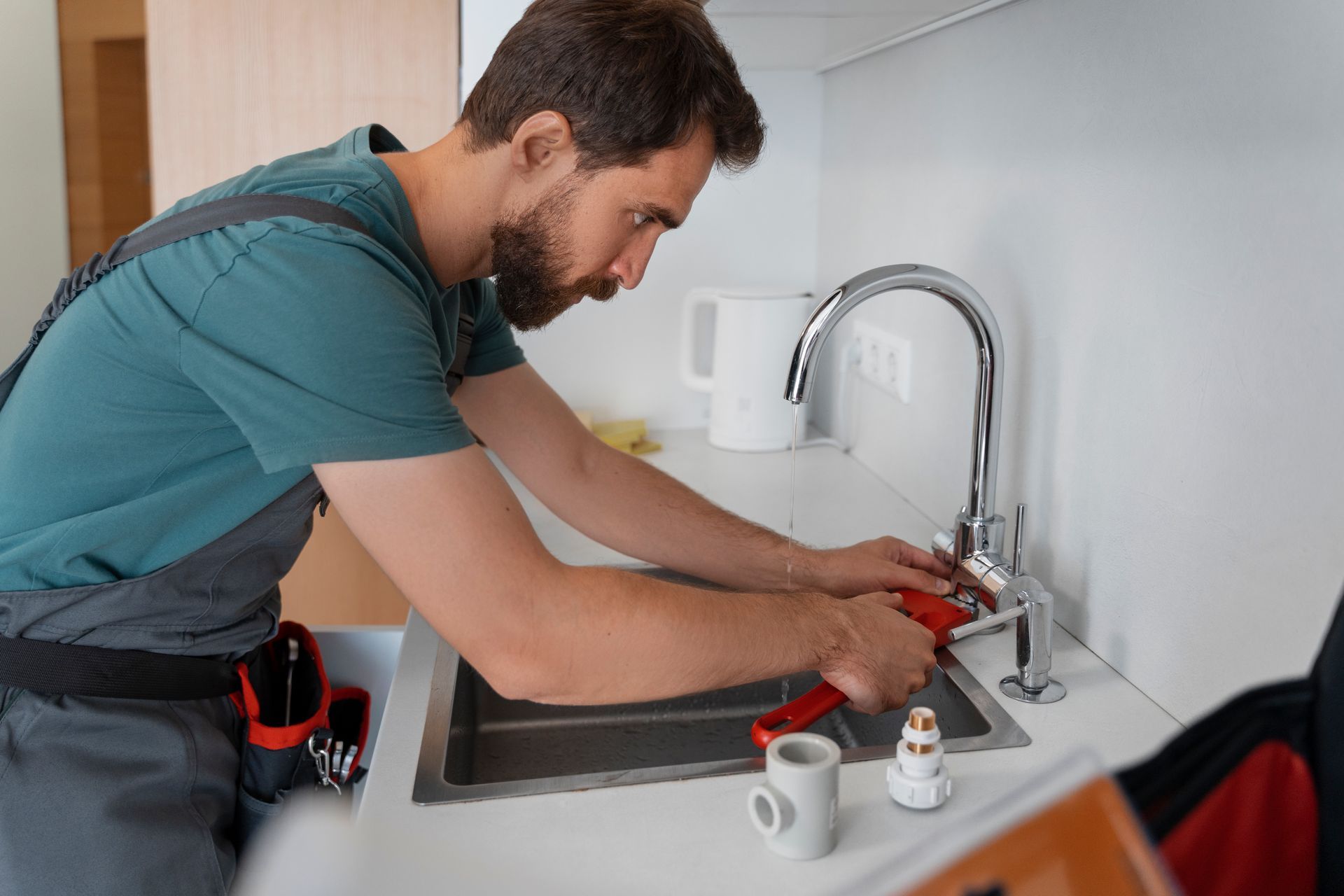Essential Plumbing Tools Every Homeowner Should Own
Plumbing issues are an inevitable part of homeownership, from leaky faucets to stubborn clogs and dripping pipes. While some problems require professional intervention, many common plumbing tasks can be handled efficiently with the right set of tools. Equipping yourself with essential plumbing tools not only empowers you to address minor issues promptly but also helps prevent small problems from escalating into costly emergencies. Understanding which tools to keep on hand-and knowing when to call a professional-forms the foundation of responsible home maintenance.
The Indispensable Pipe Wrench
A pipe wrench is the cornerstone of any plumbing toolkit. Designed specifically for gripping and turning pipes, this heavy-duty tool is essential for tightening or loosening threaded pipes and fittings. Available in various sizes, pipe wrenches offer the leverage needed to work on stubborn or corroded connections. Their serrated jaws provide a firm grip, making them ideal for removing old fixtures or assembling new plumbing lines. For most homeowners, having at least one medium-sized pipe wrench ensures you’re prepared for a range of plumbing repairs, from replacing a showerhead to fixing a leaking pipe.
Adjustable Wrench: Versatility for Tight Spaces
An adjustable wrench, often called a crescent wrench, is a versatile companion to the pipe wrench. It’s perfect for tightening or loosening nuts and bolts on faucets, supply lines, and other fixtures where a pipe wrench might be too bulky. The adjustable jaw allows you to work with various sizes of fasteners, making it indispensable for both plumbing and general home repairs. Its slim profile enables access to tight spaces under sinks or behind toilets, ensuring you can tackle repairs without damaging surrounding surfaces.
Plungers: The First Line of Defense Against Clogs
No home should be without a reliable plunger. Clogged toilets, sinks, and drains are common enough that a plunger is a must-have tool for every household. Plungers use suction and pressure to dislodge minor blockages, restoring water flow quickly and efficiently. There are two main types: the cup plunger, best for sinks and tubs, and the flange plunger, designed for toilets. Keeping both types on hand ensures you’re ready for any clog-related emergency, often eliminating the need for harsh chemical cleaners and saving you from unnecessary service calls.
Plumbing Snake (Drain Auger): Tackling Stubborn Blockages
When a plunger isn’t enough, a plumbing snake-also known as a drain auger-can be invaluable. This flexible, extendable tool navigates bends in pipes to reach and break up tough clogs that are out of reach for plungers. Plumbing snakes are particularly useful for clearing hair, debris, or foreign objects from bathroom drains and toilets. They are simple to use and can save you from the inconvenience and expense of a professional visit for minor blockages.
Pipe and Tubing Cutters: Precision in Pipe Repairs
For homeowners who may need to replace or repair sections of piping, a pipe cutter is essential. These tools are designed to make clean, precise cuts through copper, PVC, or other types of piping without the mess or inaccuracy of a hacksaw. A pipe cutter ensures a smooth edge, which is crucial for creating leak-free joints during repairs or installations. Having a pipe and tubing cutter on hand is especially useful for DIY plumbing projects such as installing new fixtures or rerouting pipes.
Thread Seal Tape: Preventing Leaks at the Source
Thread seal tape, commonly known as plumber’s tape or Teflon tape, is a simple yet vital addition to your plumbing toolkit. This thin, white tape is wrapped around the threads of pipe connections to create a watertight seal and prevent leaks. It’s indispensable for assembling showerheads, faucets, and water supply lines, ensuring that threaded joints remain leak-free over time. Despite its low cost, thread seal tape plays a crucial role in maintaining the integrity of your plumbing system.
Basin Wrench: Reaching the Unreachable
A basin wrench is specifically designed for tightening and loosening nuts and bolts in hard-to-reach places, such as behind sinks or under basins. Its long shaft and swiveling jaw make it easy to maneuver in confined spaces, allowing you to secure or remove faucet connections without dismantling surrounding fixtures. For any homeowner planning to tackle sink repairs or faucet installations, a basin wrench is an invaluable tool that simplifies otherwise challenging tasks.
Measuring Tape and Screwdriver Set: Supporting Roles
While not exclusive to plumbing, a sturdy measuring tape and a reliable set of screwdrivers are essential for accurate installations and repairs. A measuring tape helps you determine pipe lengths and ensure proper spacing for fixtures, while screwdrivers are necessary for removing or securing screws on various plumbing components. Together, these tools support a wide range of plumbing and general maintenance tasks, making them indispensable in any homeowner’s toolkit.
Knowing When to Call a Professional
While these essential tools empower homeowners to address many minor plumbing issues, it’s important to recognize the limits of DIY repairs. Major leaks, persistent clogs, water heater problems, and issues involving sewage lines or gas connections should always be handled by licensed professionals. Attempting complex repairs without the necessary expertise can lead to property damage, safety hazards, or costly mistakes. Understanding when to call a professional is just as important as having the right tools-ensuring your home remains safe, functional, and protected for years to come.
Conclusion: Be Prepared, Stay Protected
Equipping your home with essential plumbing tools is a smart investment in your property’s maintenance and your own peace of mind. From plungers and pipe wrenches to thread seal tape and basin wrenches, these tools enable you to tackle everyday plumbing challenges with confidence. However, always be mindful of your skill level and the complexity of the task at hand. When in doubt, don’t hesitate to seek professional help to safeguard your home and avoid unnecessary risks.
If you’d like more guidance on building your plumbing toolkit or advice on specific repairs, feel free to ask for recommendations tailored to your needs.











